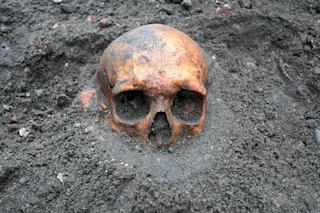Though it may seem paradoxical, studying the ways our ancestors died and dealt with death may be our best window into the ways that they lived their lives. A new study published in PLOS ONE stresses this point, stating that three burials from thousands of years ago may shed some light on traditions and movements of the ancient inhabitants of Indonesia’s Alor Island.
Past burial practices — including the ways in which bodies are prepared and positioned — provide archaeologists with an abundance of information. They inform ancient peoples’ social structures and spiritual systems, as well as their diversification and development over time.
"Burials are a unique cultural manifestation," says Sofia Samper Carro, a study author and an archaeologist at the Australian National University, in a press release.
Aiming to mine this "cultural manifestation" for new information about the inhabitants of Southeast Asia, Carro and a team of colleagues set ...















